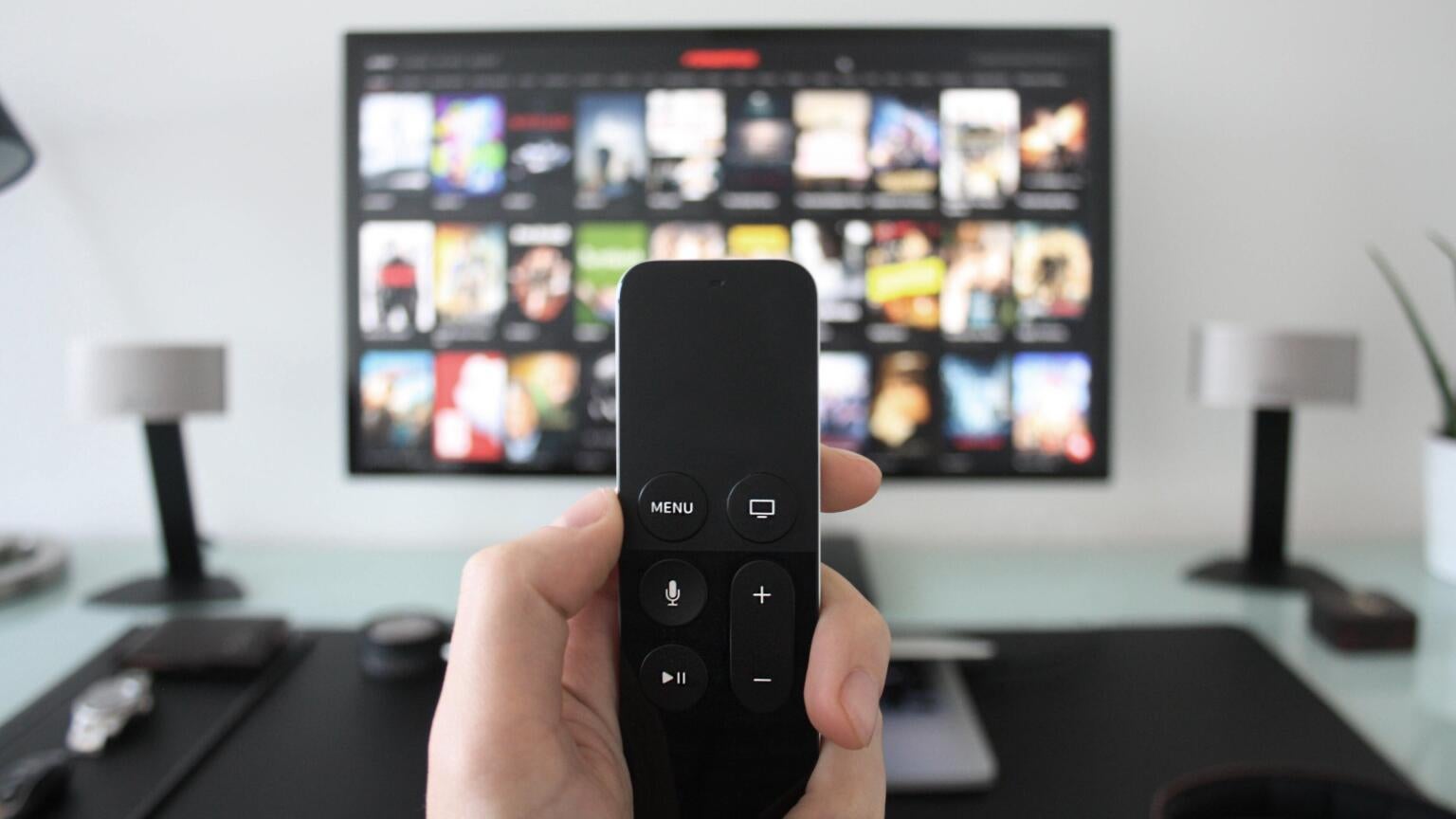
Since Netflix announced that it had lost a total of 200,000 subscribers during the first quarter of the year, both the world’s largest streaming service and the industry as a whole have been trying to figure out what the future holds and how to adjust to the new streaming reality.
Seemingly in response to its first subscriber decline in over a decade, Netflix announced two changes to how it will operate moving forward. First, the company plans on launching an ad-supported subscriber option later this year, and second, the streamer is planning to expand its efforts to curb password-sharing.
After launching the initiative in Latin America earlier this year, the results have not been encouraging for the streaming giant thus far, but a new study from Variety Intelligence Platform and CRG Global suggests that Netflix users who are currently using someone else’s account can be convinced to sign up for their own profiles.
Admittedly, the study only spoke to 504 U.S. Netflix users — only 143 of which use an account paid for by someone else — so the numbers are not the most scientifically sound, but the results should still be encouraging to Netflix.
Conducted late last month, the survey found that nearly two-thirds (64%) of participants that currently use someone else’s Netflix account would be willing to pay for their own “if they were forced to do so.” Similarly, 71% of people who allow others to use their password would be willing to pay extra in order to continue the practice.
While Netflix would obviously not be opposed to the first option, the latter is more in line with how the platform plan to roll out the efforts. Following their earnings report in April, Netflix execs explained that they would be focusing on enticing subscribers to add sub-accounts to their existing plans in order to share their password outside of their home.
Although this plan will not technically increase the streamer’s subscriber base, it is designed to increase the revenue per subscriber, which has been where investors and Wall Street have hoped that the industry would turn its attention following the ballooning budget free-for-alls of the past several years.

Netflix reported earlier this spring that 100 million people — or 45% of its base — use its service through the log-in credentials of someone else. So, converting them into paid subscribers — in one form or another — presents a potentially substantial revenue increase for the service as it continues to see its stock price decline.
With 30 million U.S. and Canadian households accessing Netflix without paying for it, there is absolutely an opportunity for the streamer to increase revenue, but the question is by how much? According to the VIP+ study, of the 64% of users willing to pay for their own accounts, there is a fairly sizeable spread as to which age demos these potential customers fall into.
Users aged 25 to 44 — primarily falling into the Millenial age bracket — were the least likely to be willing to pay for a plan. This is not necessarily a surprise as these generations either grew up in or came of age during the rapid expansion of the internet and, in turn, streaming, so they are likely more open to adapting to new services and technological options.
What is a bit of a surprise is that the older generations — 45 years and older — were the most likely to pay for their own plan if need be. While this might be explained by some sort of sense of right and wrong, these age groups are made up of TV consumers who grew up in the era of standard, broadcast TV and (on the younger end) the rise of basic cable. One might assume that these users would be more comfortable with abandoning Netflix for a more traditional viewing experience, especially if they only had Netflix because their children installed it on their TVs for them.
Interestingly, Gen Z — ages 18 to 24 — is just a couple of percentage points behind their oldest counterparts in being willing to pay for their own plans.

With monthly rates ranging from $9.99 to $19.99, Netflix is already the most expensive premium platform in the U.S. market, so the introduction of the lower-cost, ad-supported tier is likely to be a way to bring in new, more cost-conscious customers — or to retain those that might otherwise unsubscribe.
Half of the VIP+ survey respondents mentioned that having a lower-priced tier that continues the ad-free experience would encourage them to sign up for their own account. And while that might seem like an unlikely option for Netflix given this year's price hikes, it is essentially the streamer’s “sub-account” plan. The idea would be to charge the original account holder a small fee — perhaps $2-$4 per month — and they could then set up out-of-home accounts for other people to use.
But cost isn’t the only thing that would encourage users to pony up for their own subscriptions. Despite Netflix still maintaining what studies say is the “best streaming library,” the VIP+ and CRG Global study showed that this specific group of users would like to see more non-Netflix Original movies and TV shows on the service.
Netflix built its massive subscriber base by being the streaming home of just about all TV and movie content. However, as more companies and studios have launched their own competing services, Netflix has lost a substantial amount of its licensed inventory. The company has responded by pouring billions of dollars into original programming, but Netflix’s hit-rate on those projects has been spotty to date, and viewers have long been concerned that the service cancels niche series too quickly.

Despite the optimism provided by the Variety study, another recent survey from media research firm Aluma indicated that Netflix could see 13% of its U.S. customers cancel their accounts because of the password-sharing crackdown; a much less rosy outlook.
At this point, it is anyone’s guess as to how consumers will respond to password-sharing changes, and until Netflix makes the full details of its plans public, it is tough to truly gauge what the future holds. But, assuming the service does move forward with attempts to convert freeloaders into additional revenue, it will be a major change for the service and an important test case for the rest of the industry.
Netflix
Netflix is a subscription video streaming service that includes on-demand access to 3,000+ movies, 2,000+ TV Shows, and Netflix Originals like Stranger Things, Squid Game, The Crown, Tiger King, and Bridgerton. They are constantly adding new shows and movies. Some of their Academy Award-winning exclusives include Roma, Marriage Story, Mank, and Ma Rainey’s Black Bottom.

